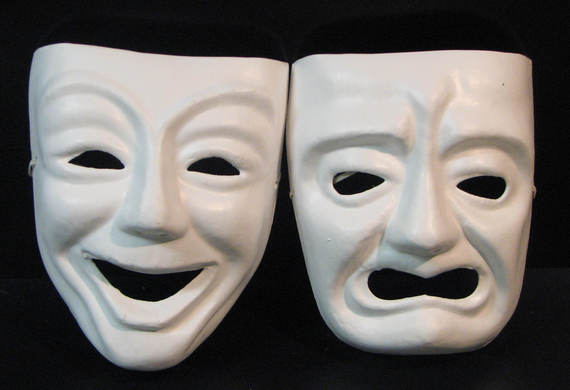Experiential marketing is all about engaging consumers in interactive and captivating brand experiences. But how can sociological design thinking help us understand how such experiences are created and sustained?
Many years ago, when I was still working in the music business, I was working for an established artist who was looking to take it to the next level. And so it was decided to hire a so-called experiential marketing consultant. The consultant came in and made a number of dramaturgical suggestions: from "write more engaging songs," "dim the lights," or "make sure the seats are comfortable" to "devise meet-and-greet events" or "bring fans on stage." Although the artist's marketing team enthusiastically implemented these tactics, nothing much happened and the campaign was regarded as a massive failure.
All of this is long ago but the experiential virus is more powerful than ever before. Everyday marketing professors hear from managers across the world asking things like "Can you help us make our consumers feel our brand?" or "How can we use live interaction to connect consumers with our product?" or "What does it take to make our brand experience theatrical?"
Underlying this idea is a fundamental misunderstanding: the idea that involving consumers in a theatrical experience, through touch, sense, and feel, product sampling, and emphasizing emotions will somehow make consumer-brand bonds more powerful and enduring. But this is not what customer experience design is all about.
Consider an epitome of experiential marketing success: Tesla. Think about all the different things that Elon Musk and his time have gathered to bring the Tesla experience to life. From the chassis of the car to its lithium batteries to touch screens, Elon Musk's visionary personality, and the material samples on the walls of the Tesla store. It does very much look like Tesla is so successful because it has really internalized Joe Pine and James Gilmore's call that "work is theater and every business a stage."
But managers need to know that there is an important difference between performance and performativity. Performance is traditional theatrics, putting on a show for or with a person. Performativity is about making a person do something for or with you in a natural way. It is about making behaviour move beyond the theatrical and extraordinary and into the realm of perfect taken-for-grantedness.
In Tesla's case, for instance, the real takeaway is not in the dramatic technology, an emotional brand message, or a captivating retail theater. Tesla's real accomplishment is to convince a growing number of consumers that the most logical, rational solution to global warming is not public transport or the bicycle but its battery driven car. Tesla has designed a new type of consumer, a person to whom the Tesla experience becomes indispensable to his project of being an ecologically responsible citizen.
Customer experience design is a sociological approach that reminds us that effective experiential campaigns are never only about designing the experience or transporting a particular emotion but also about designing the customer to whom such an experience and emotion becomes everything but dramatic and extraordinary. It teaches managers a lesson that artists have been practicing for hundreds of years: the ultimate goal is never to entertain people but to transform them into followers, to make them your own.
To immerse people is to re-design people, their imagination, their goals and aspirations, what they can or cannot do. And in the process, the theatrical disappears.

